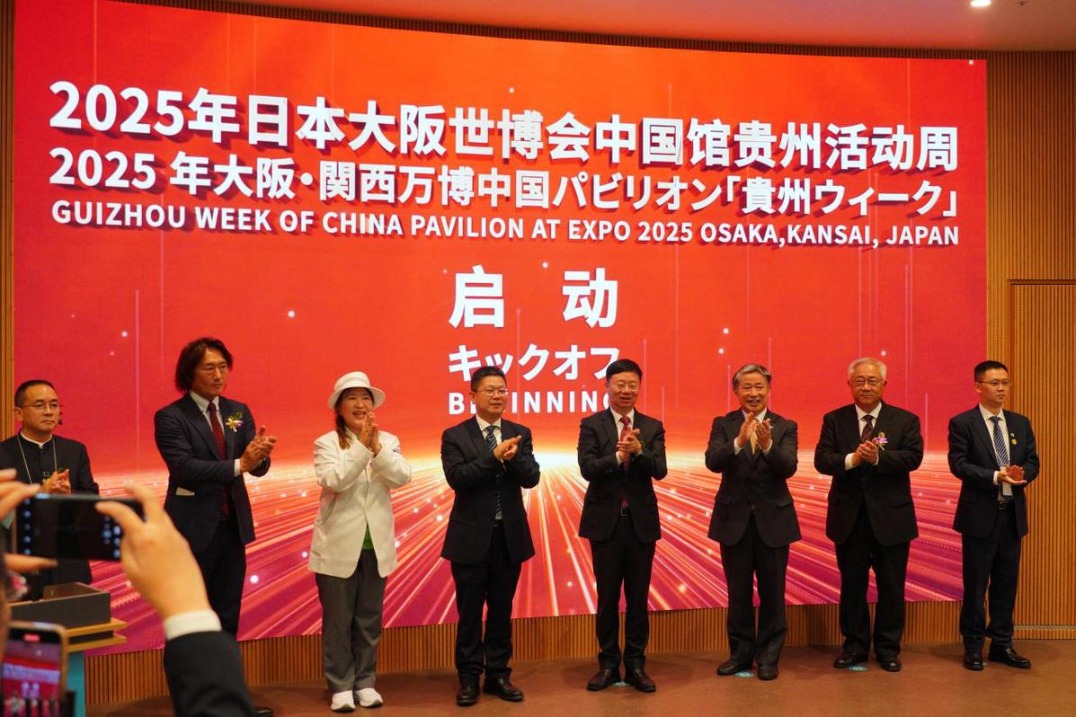China's voice cannot be ignored in weighing WTO reform


China has made great strides since becoming a formal member of the World Trade Organization in 2001.
In the first decade after its accession, China progressed from being a rule-taker to a rule-shaker and even a rule-maker. It joined the core group of WTO members and played a key role in the negotiation on and ultimate conclusion of the Trade Facilitation Agreement, the first multilateral agreement concluded by the WTO since its establishment in 1995.
Fast-forward another 10 years. China's role in the WTO has become more prominent than ever, and it is actively participating in all the joint statement initiatives of the WTO. Yet some of the most important discussions on the WTO have been held outside of the WTO, and without the participation of China.
These discussions can be traced back to a joint statement the United States issued, along with the European Union and Japan, at the 11th WTO Ministerial Conference in December 2017. Since then, the trilateral group has intensified its work with several more joint statements, all targeting China's trade practices without explicitly naming it. In the WTO, key players such as the US, the EU and Canada have started a new wave of WTO reform proposals, many of which focus on China-specific issues, which can be grouped into three categories.
The first category comprises those aiming at updating the substantive rules of the WTO, such as clarifying the application of the "public body" rule to state-owned enterprises, expanding the rules on forced technology transfer, and reducing the barriers to digital trade. All of these reflect long-standing concerns over China's trade and economic systems that have been litigated in the WTO.
The second category involves the procedural issue of boosting the efficiency and effectiveness of the WTO's monitoring function, especially the rules relating to compliance with the WTO's notification requirements, such as those under the WTO Agreement on Subsidies and Countervailing Measures.
The third category concerns the issue of special and differential treatment, another long-standing issue stemming from the call of the US and the EU for greater "differentiation" among WTO members, due to the growing economic importance of emerging economies such as China.
These reform proposals are premised on the argument that existing WTO rules are insufficient in relation to China, and therefore new rules are needed. Yet there are several problems with this argument.
First of all, what is really needed is better utilization of existing WTO rules, rather than making new rules.
Second, even if the existing rules are insufficient, can one be so sure that new rules will be sufficient? In this regard, China's WTO accession negotiations could serve as a counterexample, as China actually worked together with the existing WTO members to craft tailor-made rules back then. How could such rules be better made without the involvement of China?
This brings up the third issue: If new rules can be made, why would China agree to such rules without its own involvement? China acceded to the WTO 20 years ago, and as a full member of the WTO, it does not need to agree to any new rules to stay in the WTO, like it did during the accession negotiations.
For the past 20 years, China has played a constructive role on most issues in the WTO. To better engage China, respectful rules of engagement should be followed. Hopefully, in the coming days, we will see more friendly exchanges on WTO reform, so that the WTO reform discussions become a more balanced conversation.
The author is an associate professor of law at Singapore Management University. The views do not necessarily reflect those of China Daily.
































